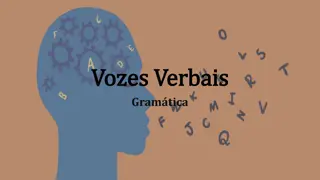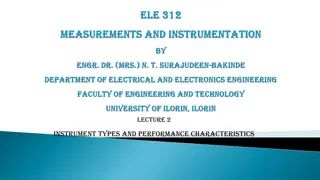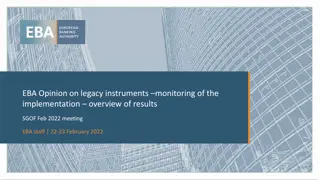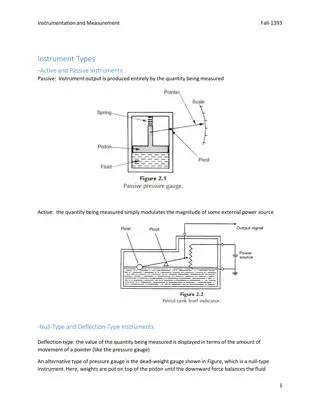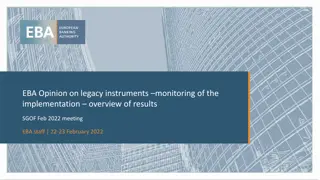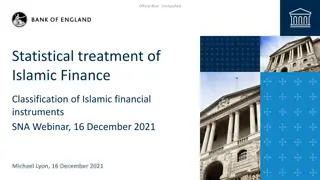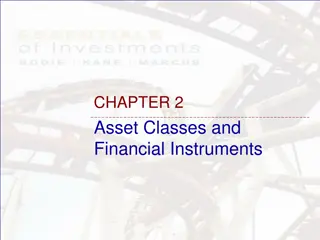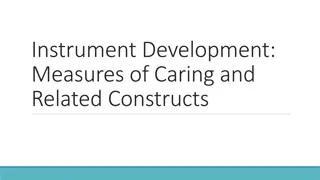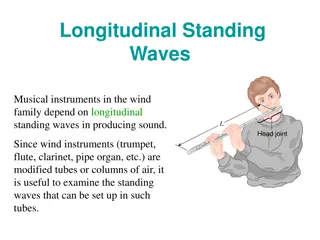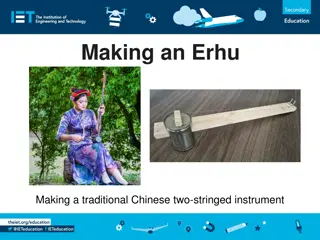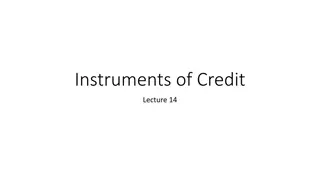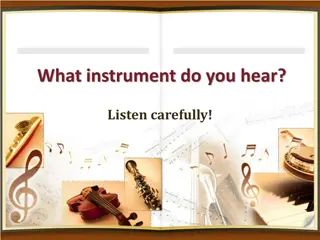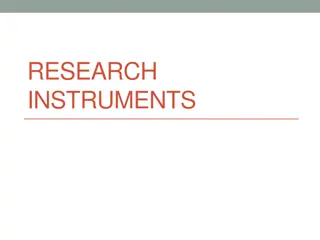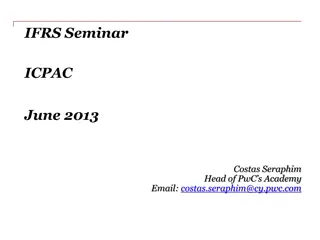Exploring Vibrato in Stringed Instruments and Voices
Vibrato is a key texture in music, captivating Group 7's curiosity. They delve into the distinct characteristics of vibrato, utilizing a range of instruments and technology. Through collaboration, they meet weekly to advance their project on vibrato's impact, with a keen focus on instrumentation, DAQ systems, breadboards, and PCBs. Their run plan involves recording music and voices to test their hardware and software, including famous artists like Nathan Gunn and Justin Languido.
Download Presentation

Please find below an Image/Link to download the presentation.
The content on the website is provided AS IS for your information and personal use only. It may not be sold, licensed, or shared on other websites without obtaining consent from the author.If you encounter any issues during the download, it is possible that the publisher has removed the file from their server.
You are allowed to download the files provided on this website for personal or commercial use, subject to the condition that they are used lawfully. All files are the property of their respective owners.
The content on the website is provided AS IS for your information and personal use only. It may not be sold, licensed, or shared on other websites without obtaining consent from the author.
E N D
Presentation Transcript
Vibrato in Stringed Instruments vs. Voices Group 7- Ramone Randle, Sergi Castells, Noah Rogers, Stephen Elliott
Introduction What is Vibrato? GuitarVibrato.mp3 https://www.youtube.com/watch?v=HTPdB3McWpQ SingingVibrato.mp3 https://www.youtube.com/watch?v=r2k7rcQ4P-Y Vibrato is a modulation of pitch tremolo.mp3 https://www.youtube.com/watch?v=oOCNB1izw8A Tremolo is the modulation of volume
Motivation Vibrato is an important textural component of most music We were intrigued by what goes into vibrato What characterizes vibrato
Collaboration We meet Wednesdays to discuss our plans going forward and thoughts about current progress. Lots of communication takes place through the week on discord.
Instrumentation and DAQ We use a microphone, SD card, LCD, current sensor, keypad, and a timer 32 KHz recording Our DAQ software takes a .bin file recorded by our device and converts it into a .WAV file Can also turn .bin file into array of ADC counts Then we analyze the .WAV file with a Fourier Transform
Breadboards We can all do all of the necessary functions with our breadboards
PCBs Some of us need to finish up a small amount of hardware tweaks, but we will be ready to roll by the end of class
Run Plan We have some recordings of music and voices to test our hardware and software Many of us need an SD reader adaptor We have performed Fourier Transforms on some WAV files to see if we get reasonable responses We are planning to record Nathan Gunn, an Alumni who is a popular operatic baritone We are also planning to get into touch with the music department to get recordings of stringed instruments We also have access to a famous guitar player: Justin Languido We don t need lots of samples or long samples Preferably, we will use a soundproof room The audio files are generated with numbers appended
Data Analysis Currently our offline analysis software is using the microphone to record sound that is then saved as a .WAV file to the SD card on the PCB As far as we know, the offline software is complete for what we need it to do We use a Python Script that converts .WAV files using a Fast Fourier Transform function in the Scientific Python Library Our analysis will use a combination of Fast Fourier Transforms and Graph interpretations to determine characteristics of human vs instrumental Vibrato If everything goes perfectly, we would like to train a machine learning model that would be able to interpret the sound waves and/or Fast Fourier Transforms and determine whether Vibrato is presents and which type of vibrato it is.
Project Report In an ultimate project report, our group would have a way to visually distinguish between vocal and instrumental Vibrato through analyzing the sound waves themselves or potentially just the Fast Fourier Transforms of the sound waves. If everything goes perfectly, we would like to be able to create a Machine Learning Model that we could train to detect the difference for us (maybe even in a live experiment depending on memory and time issues). Basically, we would be able to tell people about the physics behind why vibrato occurs and how to detect it.


